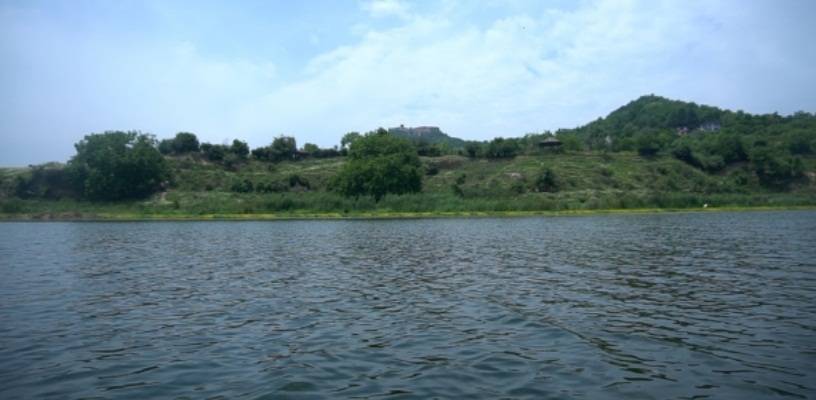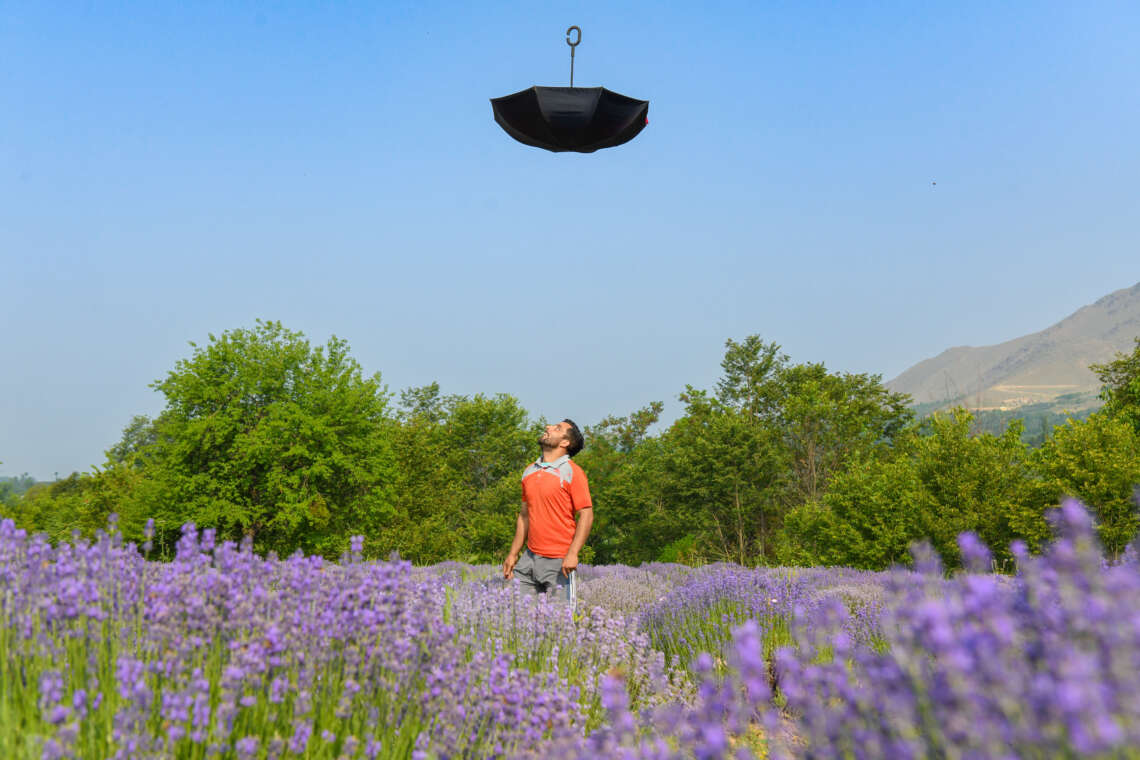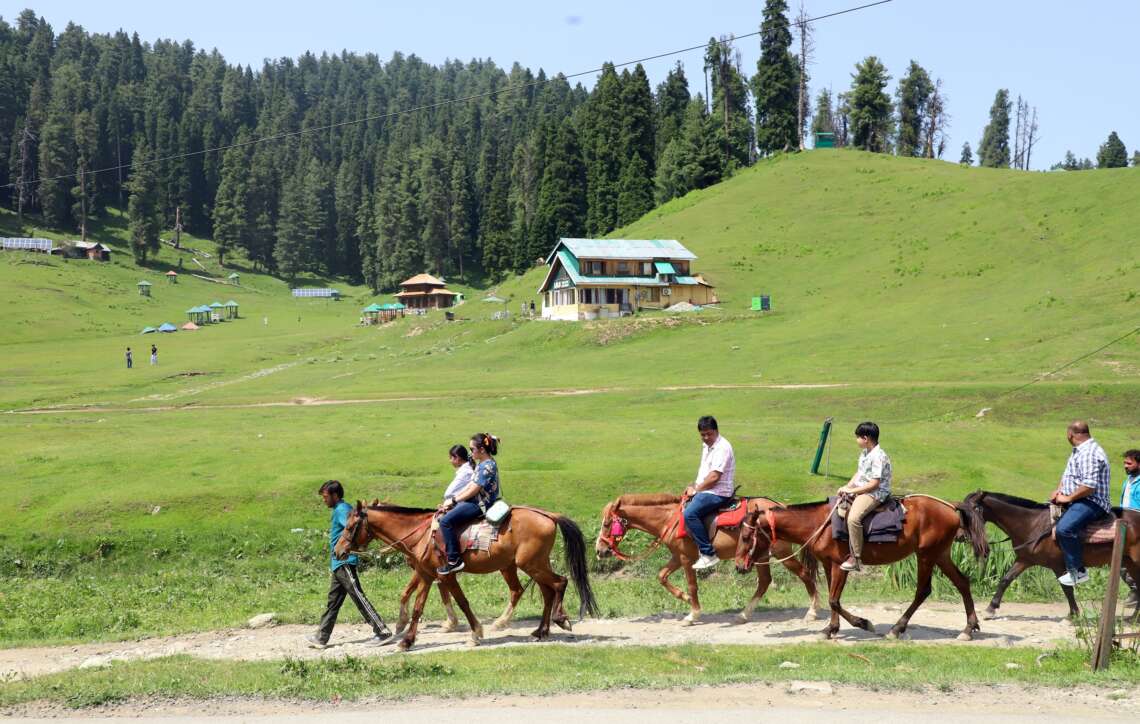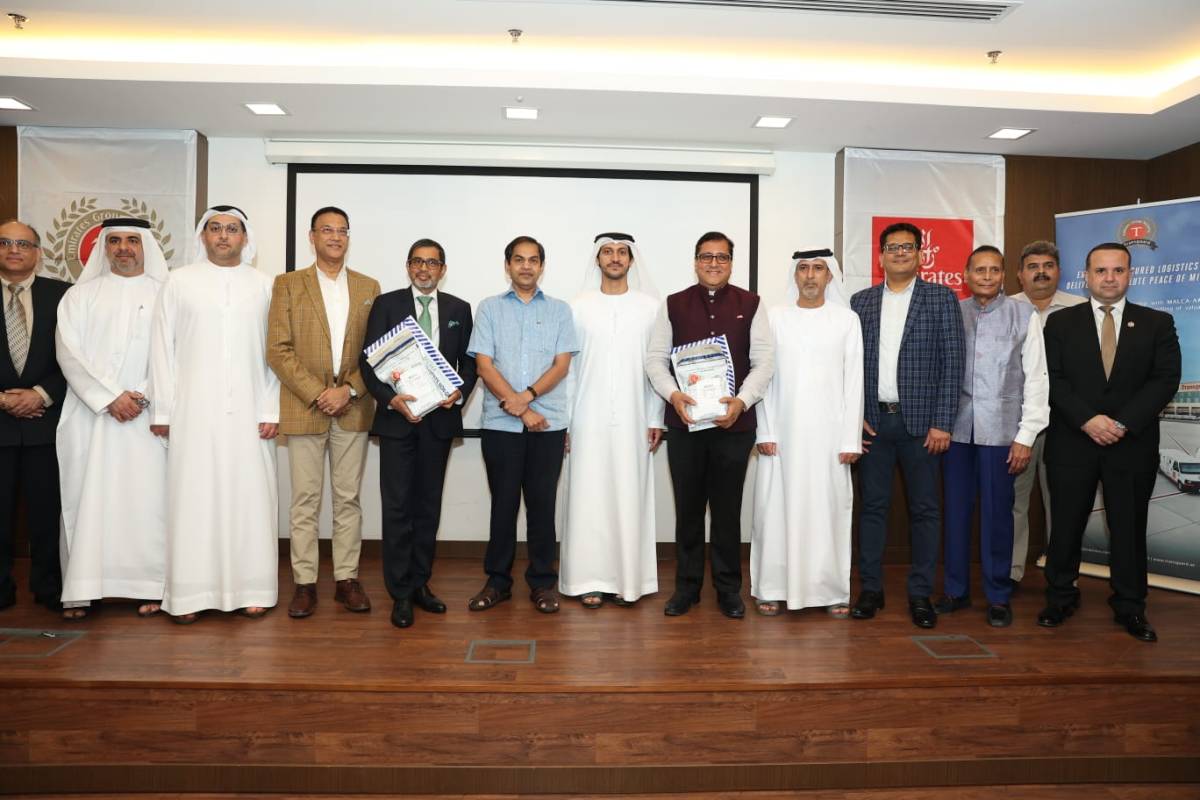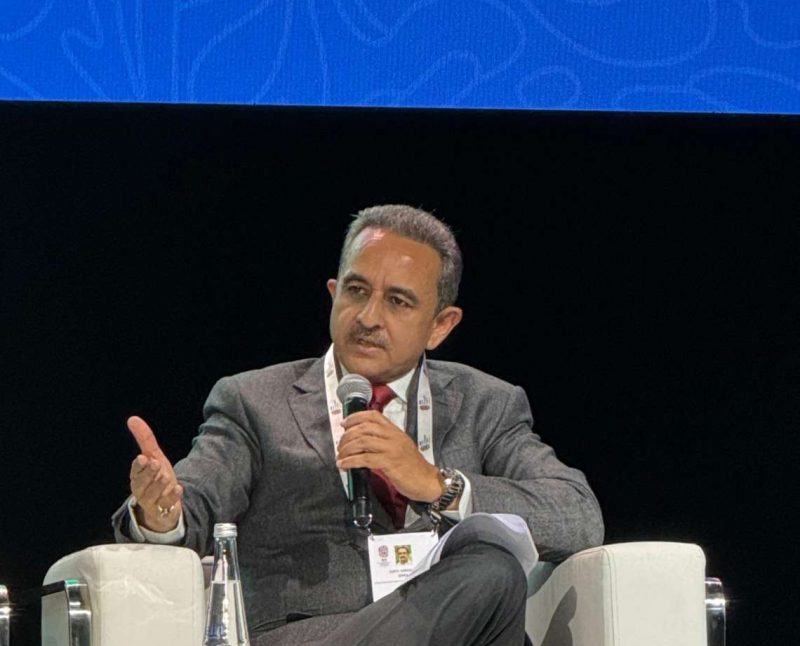Alongside Khushalsar and Gilsar, he also sought support to clean up the navigation channel from Pokhribal to Nalla Mir Khan…reports Asian Lite News
For some time, businessman Manzoor Ahmad Wangnoo had been unhappy about the government ignoring the water channels that connected the Dal and Nigeen lakes with the Gilsar and Khushalsar lakes via Nallah Mir Khan.
Once beautiful water channels on which houseboats sailed, the Gilsar and Khushalsar lakes had turned into vast dumping grounds. Land mafiosi and locals would often throw garbage and trash into them, garbage from Dal Lake, too, would flow down into the channel and accumulate in Khushalsar.
In 2013, authorities had undertaken some work to clean Gilsar Lake, but the effort was half-hearted. The trash retrieved from it would be dumped on the eastern bank and forgotten, resulting in conditions circling back to square one.
In other problems related to the poor state of the water bodies, both the Srinagar Municipal Corporation (SMC) and the Lakes and Waterways Development Authority (LAWDA) claimed to have no jurisdiction over them. The only solution, Wangnoo concluded, would be a people’s movement to clean up these lakes.
As chairman of the Nigeen Lake Conservation Organisation (NLCO), Wangnoo already had some experience restoring water bodies. He decided to set the ball rolling by calling upon the divisional commissioner and request support for the effort, even as he offered to restore the Khushalsaar and Gilsar lakes under his Mission Ahsaas project.
Alongside Khushalsar and Gilsar, he also sought support to clean up the navigation channel from Pokhribal to Nalla Mir Khan.
With the help of local volunteers, Wangnoo set about cleaning the lake. The SMC, on its part, sent over trucks to transport the filth, while LAWDA took the initiative to clear up the choked channels and restore them for navigation.
Local residents like Showkat Hussain had witnessed Khushalsar transform from a lovely lake into a dumping ground, in their lifetime. One Rafiq Ahmad Khan, too, was sceptical about anything being done. However, as droves of people joined the clean-up drive as volunteers, they changed their opinion and volunteered themselves. As did Lateef Wangnoo, a local businessman and environment enthusiast.
In a matter of 100 days, 1,000 trucks of garbage were removed from the lake, and Khushalsar, once again, took the form of a pristine water body, like it had been in the past.
The administration is now working on Gilsar, Nallah Mir Khan and Pokhribal. A drive has also been officially launched to clean up Dal Lake, the biggest tourist attraction in Srinagar, although a lot still remains to be done.
Honour bestowed
In recognition of his efforts, Wangnoo was recently honoured as the ‘Environmental Green Ambassador of Jammu & Kashmir’. Dedicating the prestigious honour to his parents, his NLCO team and all stakeholders who had tirelessly worked on the cleanliness drive, Wangnoo called on the public, particularly the youth, to support this cause, “as conserving water bodies will be beneficial to many future generations”.
However, it is the coming together of the general public and government that earned the appreciation of officials and environmentalists alike.
Environmentalist Dr Irfan Rashid sees this as an initiative that will motivate many towards environmental conservation, besides building pressure on organisations and individuals alike to initiate steps to conserve our water bodies.
“There’s a dire need to identify and assess water bodies and wetlands that need to be restored and conserved, before they are damaged any further. Such initiatives, of course, will need to be encouraged and supported by the government, since no community can command the necessary resources for these,” he said.
Appreciating the public-government initiative that brought the foul-smelling Khushalsar Lake back to life, LAWDA Vice Chairman Dr Bashir Ahmad Bhat lauded the district administration, SMC and the irrigation department for having supported the initiative. LAWDA, he said, was now in the process of initiating projects involving the restoration of many other water bodies within its jurisdiction, in all of which public participation would be encouraged for better results.
The successful clean-up of Khushalsar Lake has set a benchmark and made environment a major talking point among local residents, who are now keen to see the government play a more proactive role in restoring wetlands and other ecosystems. However, they invariably feel: “There’s a lot more to do to make the initiative sustainable; the government needs to have a plan in place to conserve water bodies. Without this, a restored water body can get destroyed once again.”


